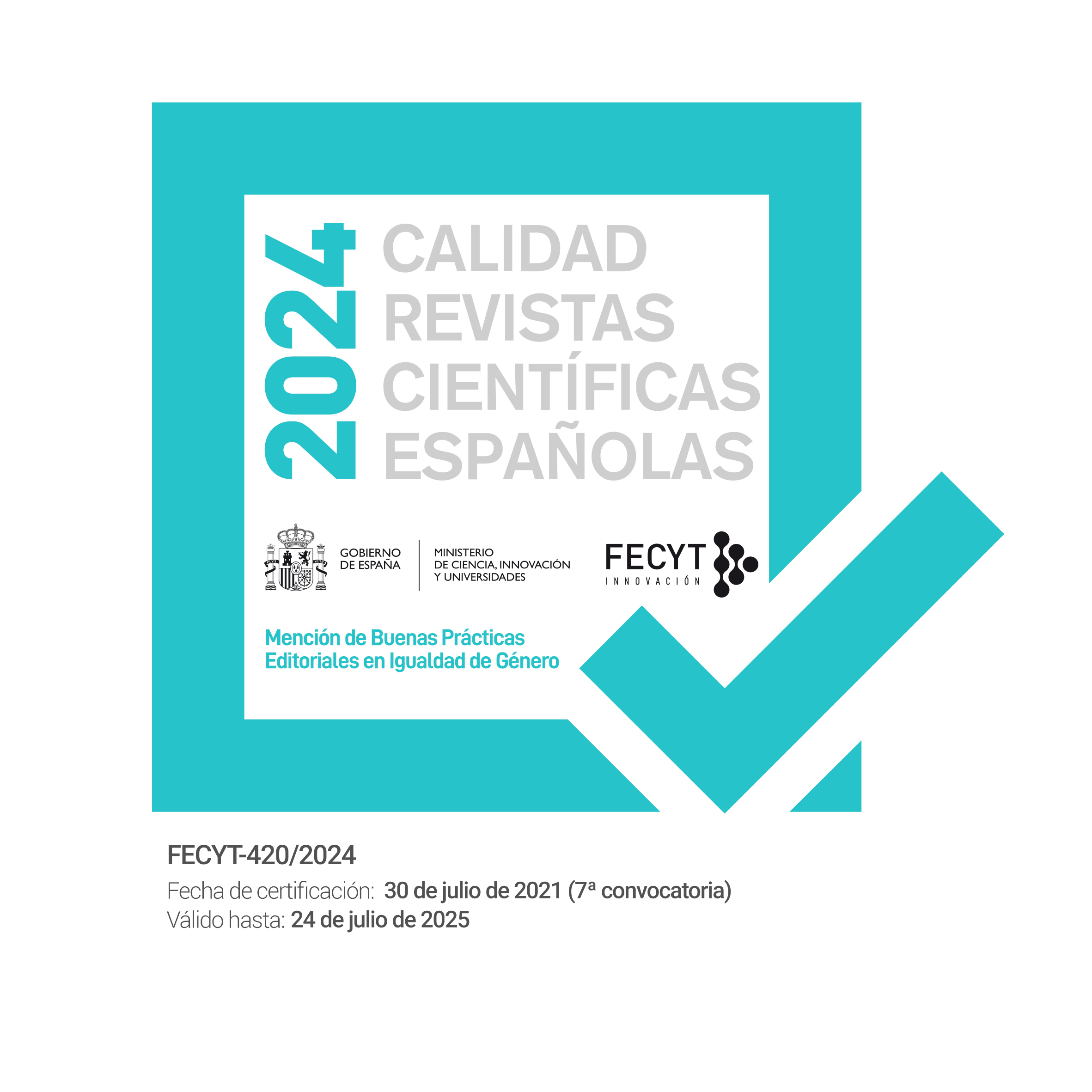Transcorporeality in the Zombie Narrative. VenganZa by Gemma Herrero Virto as Case Study
DOI:
https://doi.org/10.1344/452f.2021.24.2Keywords:
zombie, positive monster, transbody, youth literatureAbstract
The zombie universe seduces, first, because it is a (counter) cultural metaphor of the other par excellence, of its exclusion. Second, like the transgender body, it undermines transcendent naturalized norms governed by binary logic. The Z body is a transbody that challenges the heteronormative framework of our lives and transgresses the basic foundations of gender, race, social class, etc. The zombie is an implacable presence that forces one to conceive of a post-gender world (Haraway) and to envisage the damage done to the other beyond easy solutions (such as the visibility of victims) or symbolic explanations of guilt without effective reparation. In this paper, we focus on the zombie figure and its metaphorical meanings in wide-ranging youth literature from the perspective of gender and exclusion as well as new, other possible forms of community.
Downloads
Published
How to Cite
Issue
Section
License
All contents published in the journal are protected under a Creative Commons BY-NC-ND license. This corresponds to legislation within Spain, and does not allow commercial use of the texts. It is not possible to modify the contents either.
General information.
Comparative Literature magazine 452ºF [ISSN 2013-3294] is a publishing project coordinated by Asociación Cultural 452ºF, and developed by its Editorial board.
Access to the Contents and Copyright.
All contents published in the journal are protected under a Creative Commons BY-NC-ND license. This corresponds to legislation within Spain, and does not allow commercial use of the texts. It is not possible to modify the contents either.
Every person has free access to the contents of the journal as long as they understand and assume that no profit is to be made on other people’s work.
In all cases, the original source name of the online journal and the article must be mentioned when used for any purposes.
Basic Conditions of all Call for Papers.
- 1. The author accepts that sending the paper:
- a. Does not guarantee the publication of it.
- b. Is done in accordance to the style-sheet of the magazine and the requirements of the specific call for papers.
- c. Implies the non-exclusive transferring of the first publication rights of the paper, as long as it is selected to be published in the journal, to theAsociación Cultural 452ºF, under a Creative Commons BY-NC-ND license.
- 2. The journal 452ºF, in due respect to moral rights of a copyright, guarantees that:
- a. All papers will be evaluated according to the procedure already mentioned.
- b. All authors will receive either a positive or negative answer to their sending a paper for publication.
- c. All papers will be published unabridged. The journal might make changes in the typographical disposition according to the needs.
- d. All papers will be published under a Creative Commons BY-NC-ND license.




